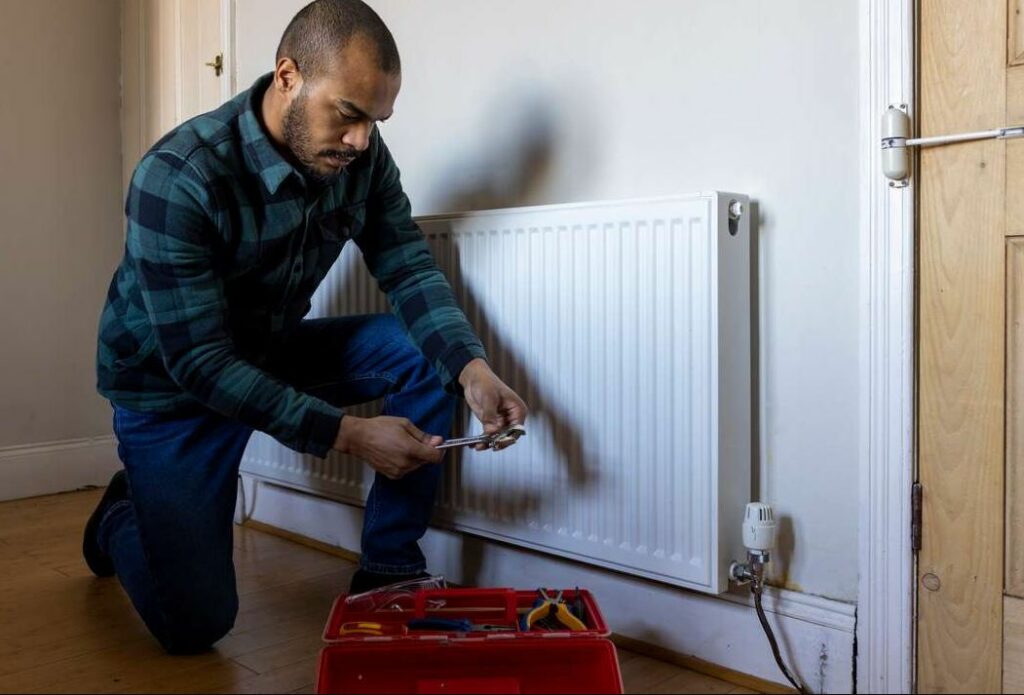 CPR, or cardiopulmonary resuscitation, is an emergency life-saving technique performed to restore regular breathing and heartbeats. It involves chest compressions and rescue breaths to maintain blood and oxygen flow. Picture someone collapsing in front of you, unable to breathe.
CPR, or cardiopulmonary resuscitation, is an emergency life-saving technique performed to restore regular breathing and heartbeats. It involves chest compressions and rescue breaths to maintain blood and oxygen flow. Picture someone collapsing in front of you, unable to breathe.
Knowing CPR at that moment could save their life. Whether it’s for a job requirement or to be prepared for an emergency, CPR plays a crucial role.
There are various ways to learn CPR, but a hands-on CPR class is the most effective method. A CPR class offers hands-on experience and real-life learning opportunities in emergencies. But why are hands-on CPR classes the best? In this article, we will explore the top 5 reasons why a hands-on CPR class stands out among all.
Keep reading to discover more about this life-saving technique!
CPR Class: What are the Things Included in The Course?
Do you know recent research shows that CPR can save 7 out of 10 cardiac arrest patients? Yes, you read it right! But what does a CPR class consist of? CPR courses typically include three basic parts:
- Step 1: Compressions
- Step 2: Airway
- Step 3: Breathing
There are seven steps of CPR:
- Check the scene and the person
- Call 911
- Open the airway
- Check for breathing
- Begin chest compressions
- Deliver rescue breaths
- Continue CPR steps
Moreover, a CPR class covers various first-aid topics, including:
- The EMS system
- Check, Call, Care
- First aid for respiratory and cardiac arrest
- Preparing to respond
- Airway emergencies
- Wound care
- Automated External Defibrillators (AEDs)
- Checking for head and spine injuries
- Checking for bone, muscle, and joint injuries
- Environmental emergencies and poison control
Acquiring proper knowledge of all these topics in a CPR class is essential to build life-saving skills. Moreover, most cardiac arrests occur at home. Learning how to perform CPR effectively through a CPR class can enable you to save your loved one’s life!
5 Reasons Why Hands-On CPR Classes Are the Best
Did you know that the mode of your CPR class determines its significance? Yes, you read it right. An online CPR class is not as effective as offline CPR courses with hands-on training. Still not convinced? Here are the top 5 major reasons why you must opt for a hands-on CPR class only:
Practical Experience
A hands-on CPR class uses mannequins to provide practical experience. This method enables students to acquire the correct techniques, ensuring that chest compressions and rescue breaths can be executed accurately under proper guidance.
Practicing on a mannequin contributes to the building of muscle memory, guaranteeing that students can carry out CPR correctly in case of an emergency.
Moreover, a hands-on CPR class enables students to feel the resistance of the chest, which is crucial for efficient chest compressions. Practical exercises allow students to grasp the complexity and force required in real-life situations, equipping them with the skills needed to handle actual emergencies.
Through the controlled environment of hands-on training, students gain self-confidence, resulting in effective CPR performance.
Immediate Feedback
The most effective way of mastering CPR is to implement feedback effectively. Instructors in a hands-on CPR class can provide instant feedback, allowing students to correct their mistakes on the spot, resulting in effective CPR performance. If students encounter any issues understanding the process, instructors can address them immediately.
Prompt feedback is key to students’ improvement in coursework. It enables them to ask questions and seek clarification. This communication with teachers enhances the learning process, allowing students to acquire adequate knowledge and perform CPR effectively.
Accredited Training for Workplace Safety
Online-only training, while related to OSHA and employer standards, lacks physical skill components like CPR. Employers prioritize certificates from recognized organizations like OSHA, which serve as proof of compliance.
Certifications from accredited programs hold more value, as they meet the most stringent industry standards for workplace safety and certification validity.
Retention of Skills
A Hands-on CPR class provides practical experience that enables students to retain the skills they acquire. The interactive nature of hands-on training strengthens learning through repetition, reinforcing the correct techniques in students’ minds.
Long-term retention is crucial for saving lives, and practical experience ensures that students remember the skills for an extended period.
Knowledgeable yet Fun
An online CPR class may be less engaging. Offline courses, which provide hands-on experience, drive engagement between students. This not only fosters engagement but also makes students more adaptable. Emergencies can happen anytime, and a proper hands-on CPR course must make students flexible enough to work in stressful situations.
Flexibility is of utmost importance during an emergency. Ultimately, realistic scenarios are the ones that train students for unforeseen challenges.
Elevate Your CPR Skills Today!
With the increasing number of emergency cases worldwide, CPR training has become essential. Accredited CPR courses provide not only confidence but also the knowledge and skills needed to make a life-saving difference in an emergency. Enroll in a practical CPR class today and become an exceptional hero in your workplace!








